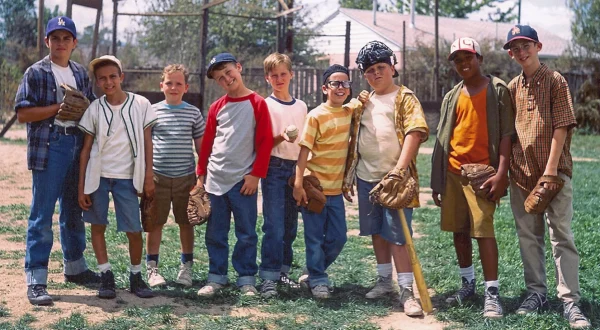OPINION: A look at the national anthem protests
Not since the days of Tommie Smith and John Carlos have athletes made such a dynamic statement. The Sunday before last, over 200 NFL players either sat or knelt in protest during the singing of the national anthem. The protests began in August 2016 when Colin Kaepernick famously sat during the “Star Spangled Banner.”
Why? What is the motivation for this apparent disrespect for our nation? A deep-seated desire to “seek… equality for all people,” according to protesting tight end Julius Thomas.
A week and a half ago, President Donald Trump, in no uncertain terms, expressed his displeasure with the NFL players who kneel during the anthem.
“Wouldn’t you love to see one of these NFL owners, when somebody disrespects our flag, to say, ‘Get that [SOB] off the field right now,” were his words.
No wonder his statements raised the ire of many in the NFL, where 70 percent of players are black. However, in fairness, Trump seems to have been exaggerating to get his main point across: We as a people shouldn’t tolerate disrespect for our country.
Trump’s remarks and the almost immediate blowback has triggered a nationwide dialogue. According to a recent CBS News survey, the majority of Americans disapprove both of the president’s statement and the Kaepernick protest which sparked it. The same poll found that our opinions of on the field responses to Trump’s statement were equally divided—40 percent approved, 39 percent disapproved while 21 percent remain uncertain.
A good example of this complexity is found in Rishard Matthews. The wide receiver for the Tennessee Titans, stated after Sunday’s game that he would keep kneeling until Trump apologized. Matthews has a unique perspective; his Marine brother was killed in action in Afghanistan, his father is a 23 year military veteran and he was Kaepernick’s college roommate. This man can see both sides of the issue. When he kneels, he means no disrespect.
Nor did Kaepernick.
Eric Reid, Kaepernick’s teammate and the first one to join him in kneeling, says they actually chose that posture to avoid the appearance of disrespect.
“After hours of careful consideration, and even a visit from Nate Boyer, a retired Green Beret and former NFL player, we came to the conclusion that we should kneel, rather than sit…because it’s a respectful gesture,” recalls Reid in an op-ed written in the New York Times.
The reason for the protests was not to retaliate against Trump, but rather to raise awareness to the injustice faced by many African Americans to whom the themes of the anthem sound hollow. Yet, it might not have been a bad decision for Kaepernick to express his dissatisfaction with our country some other way.
Oddly, Kaepernick and Trump may have something in common: they both stand for their beliefs in less than advisable ways. The oft-maligned QB ought to be applauded for standing against injustice, and I do mean stand.
For the sake of his cause, it would have been better to stand and completely avoid the appearance of disrespect. Trump was 100 percent correct in going to bat for American unity as one nation respecting our flag.
We ought to avoid the errors of both Kaepernick and Trump while imitating their strengths. We ought to avoid the appearance of disrespect in both our words and deeds. But we also must stand for the truth in everything we do or say.






